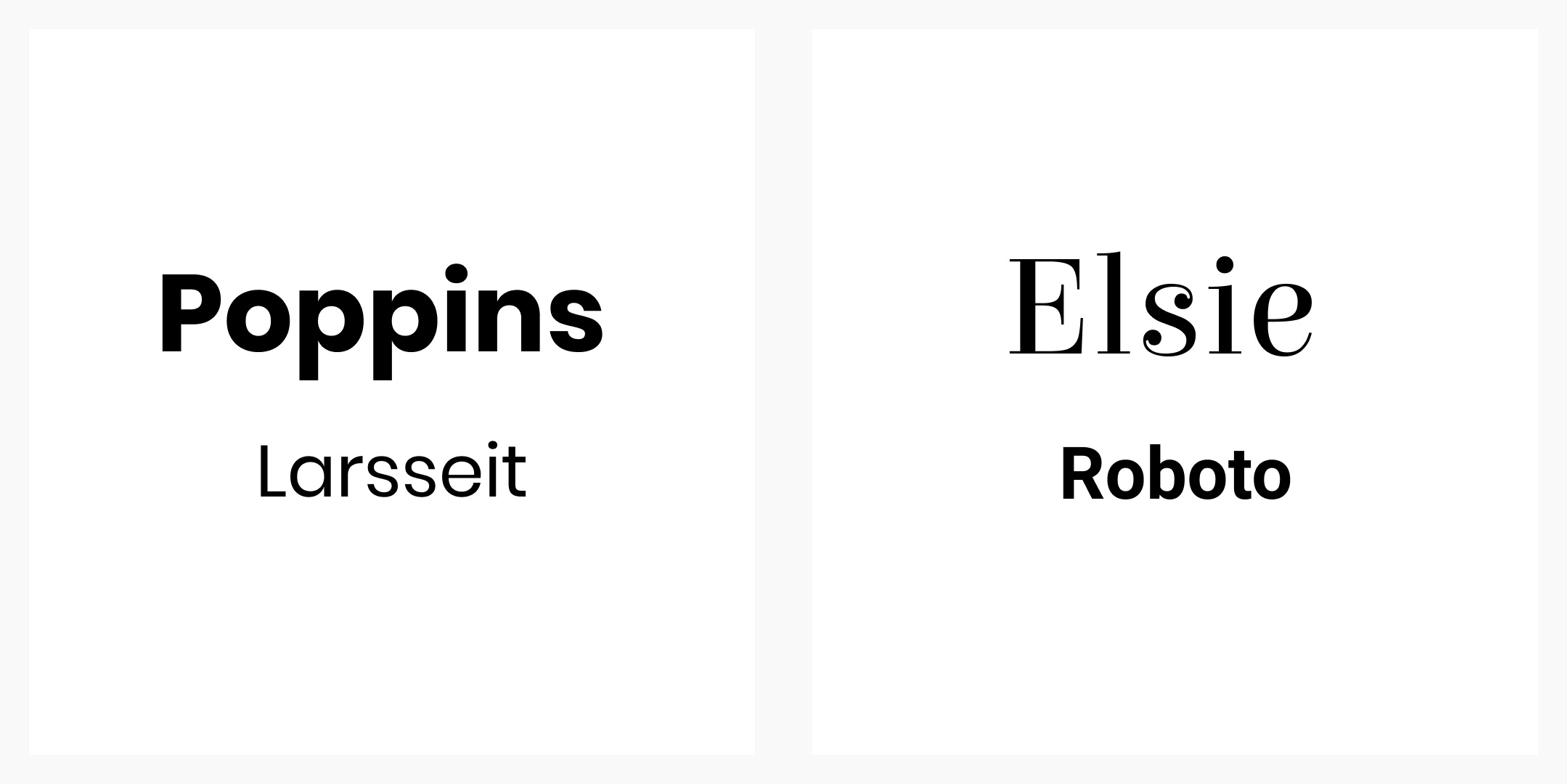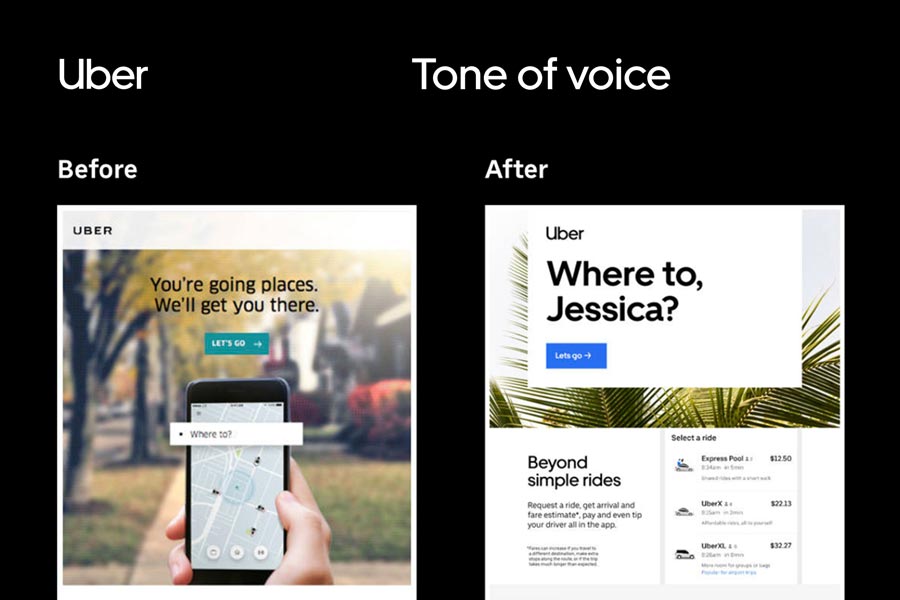Your brand is a promise to your clients – a promise of quality, consistency, competency, and reliability.
81% of people are likely to purchase a brand they trust. If you fail to deliver what your brand promises in terms of customer satisfaction, not only you lose out on a customer, you also compromise your image. This is why a brand is much more than what you are selling your customers.
Think of it this way – when you buy a product, do you buy a new variant from a different brand every time or reach out for your trusted brand? The answer is the latter, and that’s because you won’t buy a product that has a different logo placement every time, or keeps changing its key colors because you cannot recognize that brand. Without recognition or constant change, the brand loses its credibility.
So, the big question is, how do you maintain your brand image?
Well, the answer is a brand book that will eliminate all these inconsistencies. It is a document that contains guidelines for the main components of your branding identity. This includes your company’s logo, font, and color choice, and even the tone of content that you produce.
Table of Contents
But Why Are Brand Books Important?
Imagine going to your favorite restaurant for the millionth time and ordering your favorite meal. It’s routine, and it makes you satisfied, right? However, if it doesn’t come out right in terms of presentation or taste, you’d be confused, perhaps even agitated.
Well, these are the same emotions that your customers go through if your products are inconsistent. They will feel confused, angry, and, worst of all, they might feel alienated. Its because your brand identity is how the world acknowledges you and inconsistencies, no matter how small, can cause your business to lose that recognition and trust that it spent years building.
This is where a brand book or style guide comes in handy. It prevents you from losing your customer’s trust by serving as a guideline in the following ways:
Allows You To Remain Consistent and Credible
The first time your brand delivers an inconsistent product, the customers might forgive and forget. But without manual instructions, inconsistencies might build up and ruin the reputation of your brand. Its because 86% of customers feel that they need authenticity in a brand, and inconsistencies compromise your authenticity.
This can be prevented by sharing the brand book throughout the company so that every department is consistent in developing products and all sorts of content.
It Increases Your Efficiency
When you have a brand book, your employees will always have a reference point for their work, and that’d save them the time while designing and writing.
Its because the primary decisions have been made, employees can quickly complete the work instead of spending hours debating where to place the logo, or what background colors to use, or what writing style will be the most appropriate.
How To Create A Brand Book?
Now that you know the benefits of creating a brand book, you surely want to create one. So, let’s go over some essential steps on crafting a brand book, using which can forge a lasting image on customers and increase the recognition of your brand.
Things To Do Before Creating A Brand Book
Remember, a brand book describes your company’s personality and what it stands for and how it presents itself to the customers. So, before your customers can recognize your brand, you need to know your brand yourself. Here are a few things to keep in mind before you create your brand book:
– Mission And Vision
Write a mission explaining why your company exists and who it serves. Think about the problem that your business is solving. That is your vision regarding your company and what you hope it will achieve. Remember, you don’t have to be flamboyant while writing these. The mission and vision can be simple, but it should be true to your brand.
– Identify Your Target Audience
Think about the clients that you wish to target and analyze their patterns and behavior. Find out what they expect from your business and how you resolve the problem that they’re facing. One of the ways of doing this is by running surveys on social media and making a connection with them.
– Create Your Brand Personality
What makes your brand unique and sets it apart from other competitors is its personality. Think of your brand as a person and define it using adjectives. Is your brand helpful? Will your branding be elegant and sophisticated, or loud and quirky?
Questions like these will help you establish the identity that you want to create for your brand.
5 Important Elements of a Kick-Ass Brand Book
Here is a guide on the five essential elements that need to go in your brand book if your brand aims to resonate with customers!
1. Logo

Your brand might already have a logo, but just having a logo is not enough. You cannot use the same sized logo on brochures as well as product packaging. Your logo must be placed differently on different materials. Your brand book should define how the logo is supposed to be used in every instance. It should give clear instructions on:
- What the size of the logo should be in different settings.
- Will be any white space around it? Give clear instructions in case the answer is yes.
- What colors of the logo are approved and when to use them.
Ideally, your brand book should give visual examples of all approved logo styles and sizes.
2. Color palette

Coca Cola is instantly recognizable because of its red packaging. Have you ever thought why is that? Its because colors have a massive impact on building your brand identity. Most brands associate less than four colors with their brand. The colors should reflective of your brand identity; for example, if your brand’s personality is bright and quirky, try incorporating some yellow hues.
While deciding your color palette, you should determine the colors you will use for the background and texts. In your brand book, show your brand colors and information on how exactly to reproduce them.
These are some of the tools that will convert your preferred colors into values for easy referencing.
3. Font Guidelines

Imagine the impression you would create on your customers if one promotional email is written in ‘Times New Roman,’ but the other email is in another font. That is a recipe for disaster because it shows inconsistency. That is why you need to decide a font for your brand and remain consistent with that.
Typography is yet another non-verbal message that you are trying to associate with your brand. Your font choice should be consistent across your website, your emails, and your logo.
- Your brand book should explain how a typical font relates to your brand identity.
- If you are using multiple fonts and multiple sizes, clear guidelines should explain where precisely the font is to be used. (Headlines, emails, captions, logo, body, etc.)
- If you are writing copies, decide the alignment and paragraphing style of your texts. Include the line spacing that has to be followed
4. Images

Some brands just bring visuals to your mind; for example, a picture of Roger Federer every time you think of Rolex. And images can be compelling in creating a brand buzz.
Your brand book should indicate whether you will be using graphics and when you will be using them. There should be clear instructions on how photos and images should be edited and the colors which will be placed with the pictures.
5. Brand Voice

Your brand voice should identify the adjectives that you want to associate with your brand. Eliminate the words that you do not like, and that doesn’t fit your brand’s persona to prevent anyone from using them.
Key Takeaway
A well-crafted brand book will ensure that all the design elements of your business are consistent and aligned with your brand philosophy. Yes, a brand book can be very time consuming to create as it needs to be detailed, and a lot of elements need to be debated. But once a style guide is created, it eases decision making as most primary design decisions are already present in the brand book.
Check out Six Steps to a Successful Brand




